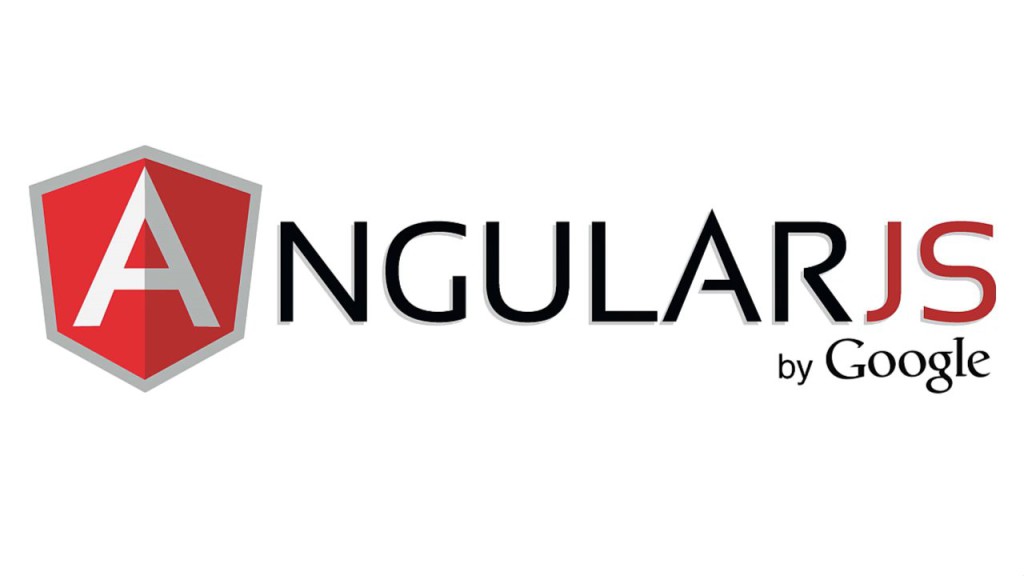[Angular JS] Part 1: What is AngularJS?
I'm a software engineering from a company in Vietnam, last week I moved to new project and there are some new technologies that I have to learn to work smoothly. I researched about AngularJS and I want to write the knowledge that I fought out.
Preface to AngularJS series, in this section I will talk through the concept of AngularJS, analysis its advantages and disadvantages.
What is AngularJS?
This is open source, a framework for web application. It have developed since 2009, currently it's maintained by Google and released version 5.2.6 stable.
In official web page, they said:
Angular is a platform that makes it easy to build applications with the web. Angular combines declarative templates, dependency injection, end to end tooling, and integrated best practices to solve development challenges. Angular empowers developers to build applications that live on the web, mobile, or the desktop
To learn AngularJS, you must have basic knowledge about javascript, object, string... If you have a deep knowledge about javascript, you will learn faster. The nature of AngularJS is operating as a Single Page, using API to get data, so you should know about DHTML, AJAX technologies.
Featured of AngularJS
- Developed on Javascript
- Create client-side applications under the MVC pattern
- Highly compatible, automatically handles javascript code to fit into each browser
- Open source, completely free and widely used
Basic features
Scope: communicate between controller and view of applicationController: process data for $scope object, from here views will use data in scope to display correspondingData-binding: synchronize automatically data between model and viewService: is a singleton object, initialized just 1 time for each application, provide methods store the data ($http, $httpBackend, $sce, $controller, $document, $compile, $parse, $rootElement, $rootScope...)Filter: Filter subsets from a set of items in arrays and return new arraysDirective: Used to create your own HTML tags for your own purposes. AngularJS has the following directives: ngBind, ngModel ...Temple: A component of the view, displaying information from the controllerRouting: switching between actions in the controller, passing between views.MVC & MVVM: A design model for dividing applications into different parts (called Model, View and Controller) each having a specific task. AngularJS does not implement MVC in the traditional way, but more closely relies on the Model-View-ViewModel.Deep link: which allows you to encode the status of the application in URLs so that it can be bookmarked with the search engine. Applications can be restored from URLs with the same status.Dependency Injection: AngularJS has a dependency injection subsystem to help programmers create applications that are easy to develop, understand, and test.

I just started posting recently and am very happy I came across your posts, they give me enlighten me immensely on this platform- Thanks!
Hello everyone
Thank you
Nice!!!